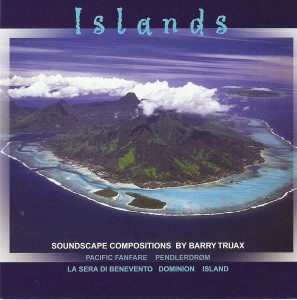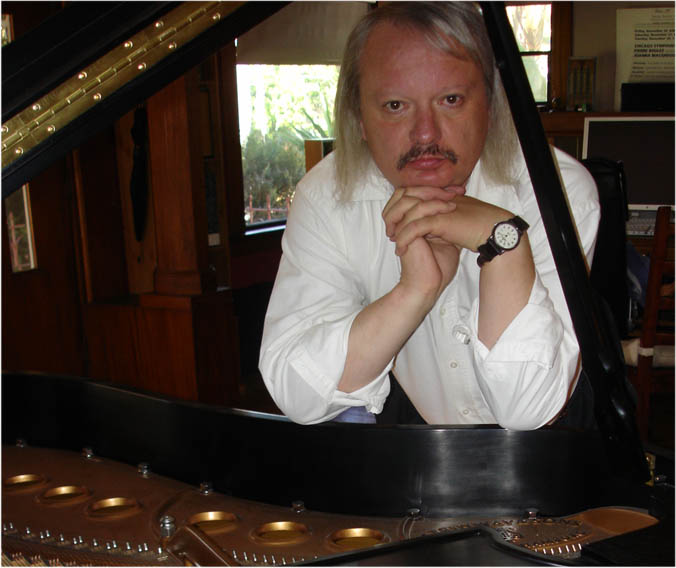The Princeton Laptop Orchestra (PLOrk) is a visionary new ensemble of laptopists, the first of its size and kind.
Founded in 2005 by Dan Trueman and Perry Cook, PLOrk takes the traditional model of the orchestra and reinvents it for the 21st century; each laptopist performs with a laptop and custom designed hemispherical speaker that emulates the way traditional orchestral instruments cast their sound in space. Wireless networking and video augment the familiar role of the conductor, suggesting unprecedented ways of organizing large ensembles.
In 2008, Trueman and Cook were awarded a major grant from the MacArthur Foundation to support further PLOrk developments. Performers and composers who have worked with PLOrk include Zakir Hussain, Pauline Oliveros, Matmos, So Percussion, the American Composers Orchestra, and others. In its still short lifetime, PLOrk has performed widely (presented by Carnegie Hall, the Northwestern Spring Festival in Chicago, the American Academy of Sciences in DC, the Kitchen (NYC) and others) and has inspired the formation of laptop orchestras across the world, from Oslo to Bangkok.
“Connectome” Performed by the Princeton Laptop Orchestra (PLOrk) (Director Jeff Snyder), PLOrk[10] concert, May 3 2017 Composition: Mike Mulshine Neuron model audio synthesis: Jeff Snyder and Aatish Bhatia Projection: Drew Wallace


 Philippe Manoury
Philippe Manoury